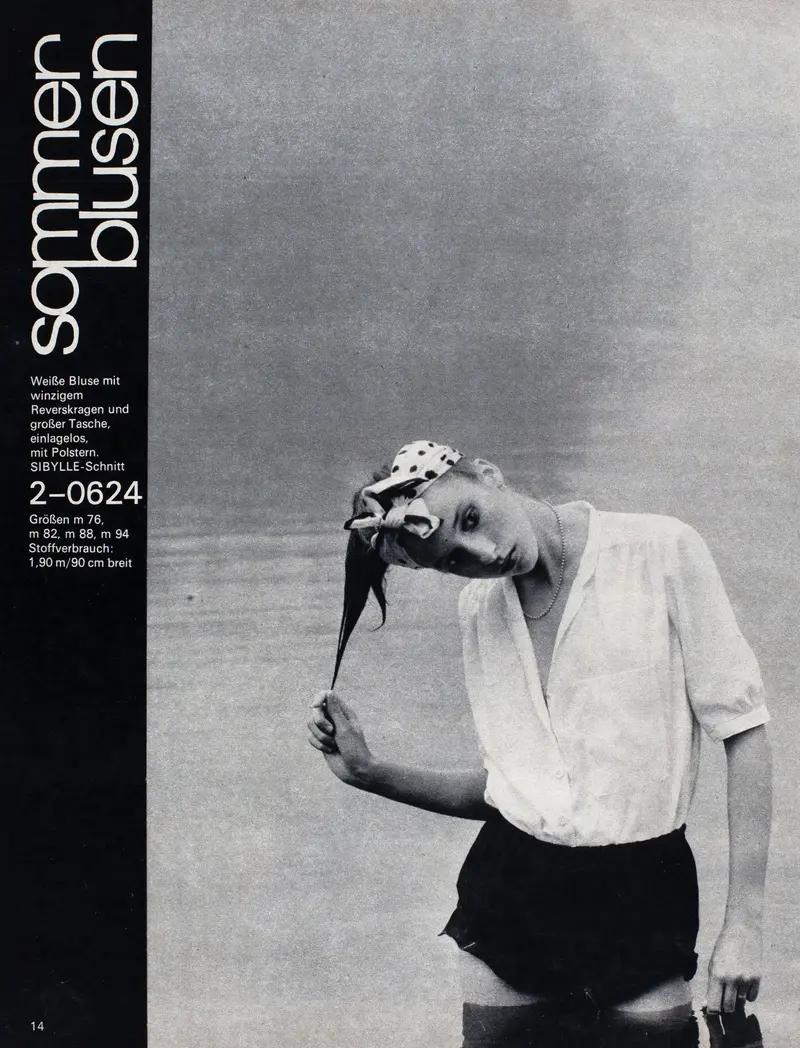SIBYLLE
On the other hand, the rooms in the central wing of the Wasserpalais focus on the fashion photographs from SIBYLLE. Various images by the 13 photographers hang side-by-side here, ranging from classical fashion shoots in front of socialist city backdrops in Berlin, Budapest or Moscow, through travelogues from South-Eastern Europe, right up to experimental fashion photographs from the everyday lives and work in the GDR. A chronology of SIBYLLE issues featuring originals and reproduction documents the development the magazine underwent from the first issue in 1956 to the year of the political turn in 1989 and beyond.
Hartmann Projects published a catalogue to accompany the exhibition. In addition to articles on the cultural and historical significance of SIBYLLE, it introduces the key photographers and their works with extensive collections of their images: published by Ute Mahler and Kunsthalle Rostock, 336 pages, roughly 570 illustrations, € 39.80, ISBN 978-3-96070-007-4.
The programme of accompanying events for the exhibition offers fascinating Artist Talks with photographers Ute and Werner Mahler and Sven Marquardt. The Kunstgewerbemuseum is also taking a closer look at fashion culture in the GDR in cooperation with Technische Sammlungen. The institutions are jointly showing a series of films including the feature film “Modell Bianka” (Model Bianka) and the documentary “Kann denn Mode rot sein?” (Can fashion be red?) from 2002. At a two-day sewing workshop, hosted with Konglomerat e.V., participants can tailor new favourite garments based on patterns from SIBYLLE. In the Wohnzimmer bar in Dresden’s Neustadt district, former models who posed for SIBYLLE will share personal stories from their lives as models in the GDR over cocktails made from original SIBYLLE recipes.

